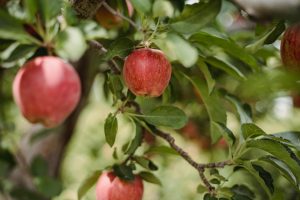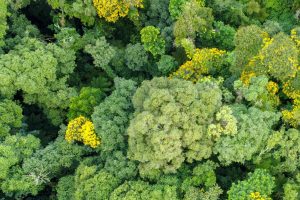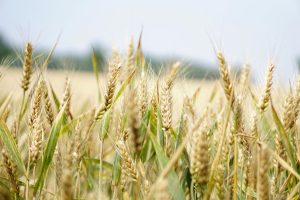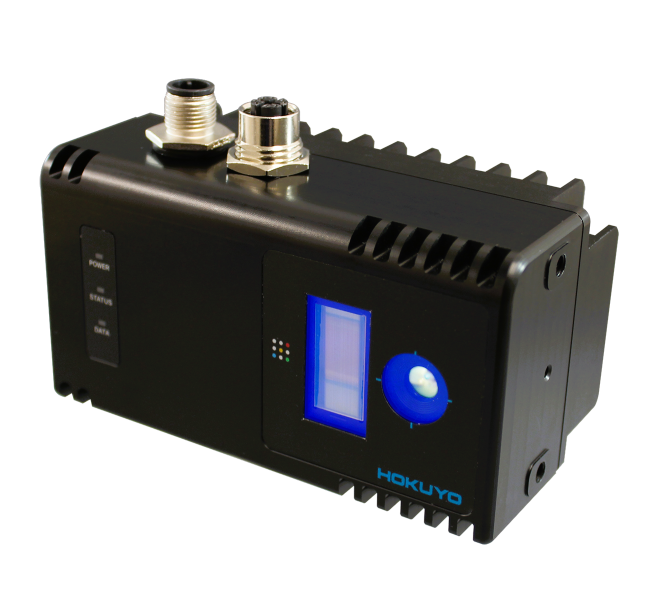From Orchard to Table: The Role of LiDAR Technology in Fruit Picking
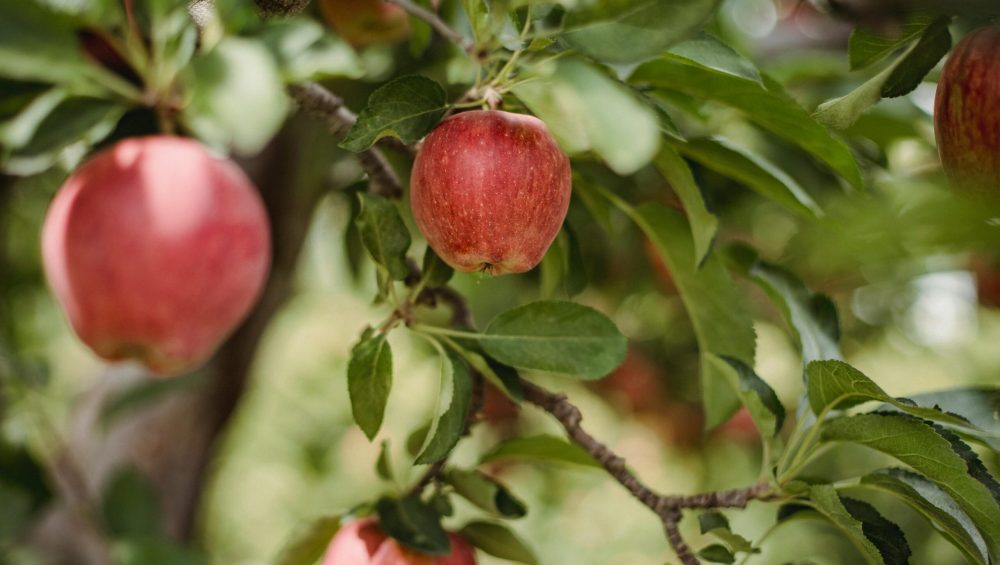
It’s a lazy, warm, summer’s day (well, we can all dream), and orchards stretch as far as the eye can see…. It is a scene that could be any time in the last few hundred years. But this is 2024 and a quiet revolution is underway. In the heart of these tranquil landscapes a transformation is taking place. The age-old practice of fruit picking, steeped in tradition and manual labour, is undergoing evolution, driven in-part by the use of LiDAR technology. From optimising harvest efficiency to addressing industry wide challenges, LiDAR emerges as a potential game-changer, reshaping the way fruit can be both cultivated and harvested.
Challenges in Fruit Picking
For decades, the fruit-picking industry has grappled with challenges that have hindered productivity and profitability. Labour shortages, which have been exacerbated by changing demographics and immigration policies, have left orchard owners scrambling to find workers willing to take part in the physical task of fruit picking.
Moreover, the unpredictable nature of weather patterns and the looming spectre of climate change have intensified concerns over crop yield variability and production costs. In the face of these mounting challenges, the need for innovative solutions has never been more urgent.
The Rise of LiDAR Technology
Enter LiDAR technology, a cutting-edge tool that harnesses the power of laser beams to generate high-resolution 3D maps of orchards allowing Managers to precisely identify ripe fruit clusters that are ripe for harvest.
Unlike traditional manual picking methods that rely on visual inspection or mechanical harvesting techniques that risk damaging delicate fruits, LiDAR offers a non-invasive and efficient solution that can optimise both harvest quality and yield.
Improving efficiencies within the Harvest Process
The technology can be used in fruit picking in several ways to both optimise and improve the efficiency of the harvesting process. Here are some of the ways in which LiDAR can be beneficial:
Precision Mapping: LiDAR’s ability to capture detailed terrain and canopy structures enables Orchard Managers to create precise maps of fruit trees, thereby allowing them to identify optimal picking routes and target areas with ripe fruit clusters. By streamlining harvest operations and minimising wasted effort, LiDAR can maximise efficiency and potentially reduce labour costs.
Ripe Fruit Detection: With LiDAR’s advanced sensing capabilities, ripe fruit clusters can be accurately detected and differentiated from immature or damaged fruits, ensuring that only the highest quality produce is harvested. This precision targeting minimises post-harvest sorting and reduces food waste, delivering fresher fruits to market and enhancing profitability for growers.
Harvest Automation: Integrating LiDAR with robotic harvesting systems unlocks the potential for fully automated fruit picking, reducing reliance on manual labour and therefore helping to mitigate labour shortages. By leveraging machine learning algorithms to analyse LiDAR data in real-time, robotic harvesters can navigate orchards autonomously, picking fruits with speed and accuracy 24 hours a day.
Weather Resilience: In an era of increasingly unpredictable weather patterns, LiDAR’s all-weather sensing capabilities provide a reliable solution for orchard management. By monitoring canopy density and moisture levels, LiDAR can help growers to anticipate and mitigate the impact of adverse weather conditions, optimising irrigation strategies and helping to protect crops from damage whilst preserving valuable water resources.
Overcoming Challenges with LiDAR
The challenges faced by the industry seem to have been considerable over recent years. Here are just some of the ways the LiDAR technology can help to alleviate some of the obstacles faced:
Labour Shortages: With the rise of automation assisted by LiDAR technology, the fruit-picking industry can potentially lessen the impact of labour shortages by reducing reliance on manual labour. By automating repetitive tasks, such as fruit harvesting, LiDAR-enabled systems free up human workers to focus on more appropriate tasks, improving overall productivity and job satisfaction.
Climate Change Resilience: As climate change concerns continue, LiDAR’s role in adaptive orchard management becomes progressively more important. By providing real-time data on canopy health and environmental conditions, LiDAR enables growers to implement targeted interventions, such as precision irrigation and pest management, to help alleviate the effects of climate variability and ensure the long-term sustainability and viability of fruit production.
Market Competitiveness: In an increasingly competitive market, growers who embrace LiDAR technology gain a competitive edge by delivering higher quality fruits with greater efficiency and consistency. By optimising harvest operations and reducing post-harvest losses, LiDAR enables growers to meet consumer demand for fresher, sustainably sourced produce while maintaining profitability in an ever evolving industry landscape.
In conclusion, LiDAR technology represents a significant shift in the fruit-picking industry, offering a transformative solution to the challenges that have long plagued growers and orchard managers. By harnessing the power of precision mapping, ripe fruit detection, and harvest automation, LiDAR not only enhances operational efficiency but also strengthens the resilience of orchard ecosystems in the face of emerging threats.
As we continue to innovate and adapt to the evolving needs of agriculture, LiDAR stands as a beacon of progress, guiding us towards a future where fruit picking is a harmonious combination of nature and technology.
We have several LiDAR sensors that can be used across a wide range of industries. You can find out more about our full selection of LiDAR scanners here. And make sure to stay up to date with all our news, insights and product developments by following us on LinkedIn and X.
